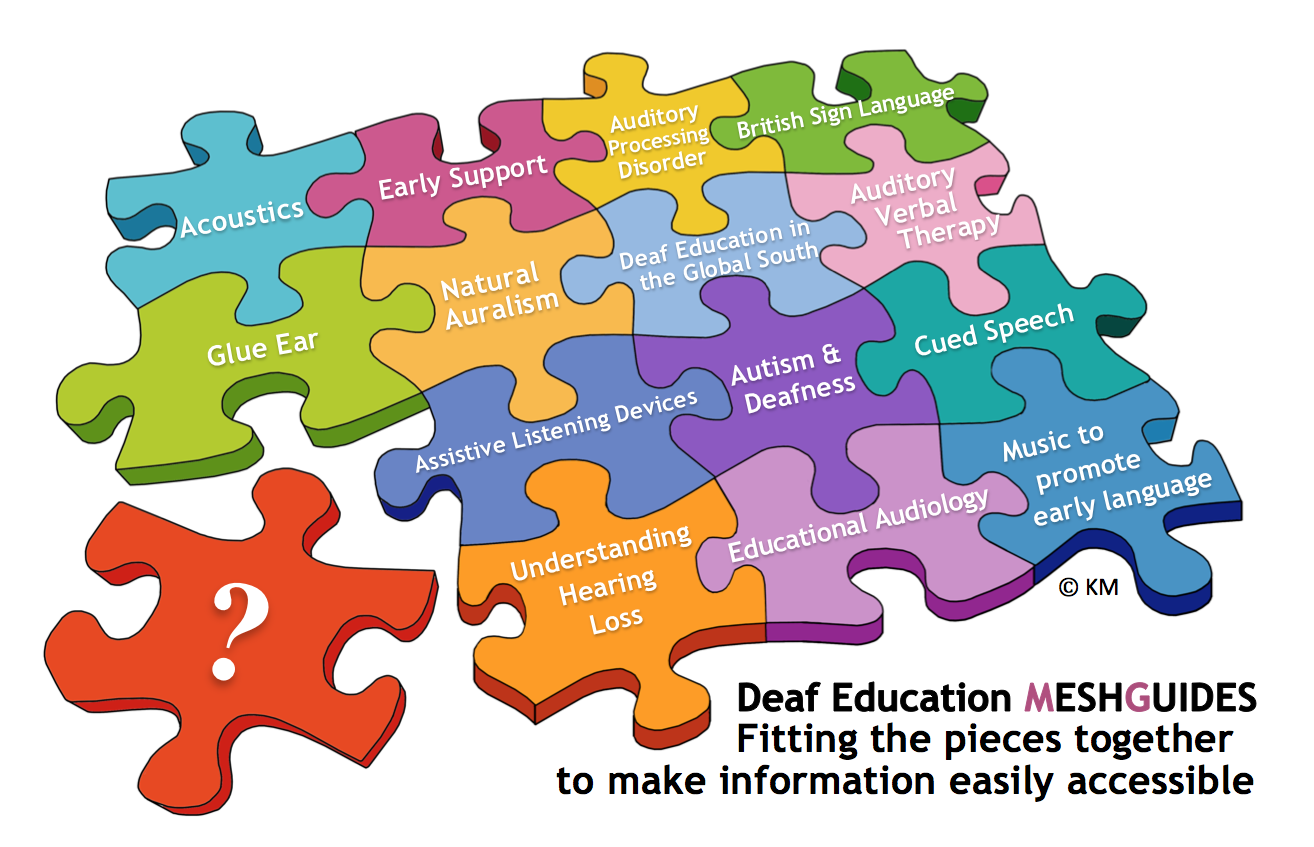Acoustics, listening and learning
Room acoustics describes how sound behaves within a closed space. In a classroom, the acoustics of the room influence speech intelligibility, and a classroom with good acoustics and good listening conditions will benefit everyone; children and young people (CYP), teachers and support staff.
Some CYP in educational settings may not make the progress of which they are capable because they cannot consistently hear speech clearly.
- Can all your pupils hear intelligibly what you and their fellow pupils are saying to them wherever they or you are in the classroom?
- Do you have to repeat your instructions, advice, questions and answers, because your pupils don’t hear you the first time?
- Do they have to repeat what they say to you because you are unable to hear clearly what they are saying?
- Do you know which of your pupils are having problems hearing you?
Eliciting the views of deaf CYP
The Listening Inventories for Education (LIFE), updated version LIFE-R, is often used by QToDs and Education Audiologists. “These were originally developed by Karen Anderson and Joseph Smaldino and are available at a small cost through the American Educational Audiology Association at www.edaud.org. The LIFE inventories were designed to fulfil 5 functions:
1. provide a student self report measurement tool to identify classroom situations which present a listening challenge for an individual student.
2. provide a teacher report measurement tools to be used to document the effects of interventions to improve the listening environment of a particular student,
3. provide a valid and reliable measurement tool which could be used in a pretest and post-test format to document the effectiveness of intervention utilised to improve the classroom listening environment.
4. provide material which can be used for in servicing school personnel as to the challenges of listening in the classroom, making teachers and students aware of particular classroom listening challenges and
5. arm the teacher and students with information to encourage self-advocacy for good classroom listening environments.”
There are several problems associated with pupils struggling to hear speech clearly and there are a number of solutions that can help overcome many of these problems.
This MESHGuide has been designed to cover a wide range of issues associated with classroom acoustics in educational settings and the impact the quality of speech intelligibility has on deaf CYP’s learning in particular. It presents the research in an easily accessible way, thus enabling all readers to understand the topic, discover the key characteristics of the issues surrounding the topic and, where appropriate, to determine policy and practice in educational settings. It is intended to stimulate increased understanding in the importance of providing excellent acoustics and will hopefully lead to improvements in classroom acoustics where necessary. The intention is that all CYP, including those with any level of deafness, will be able to enjoy the best possible quality sound reception.
We hope the content of this MESHGuide will stimulate teachers to feed in their own classroom experience in the form of case studies that both exemplify and challenge the findings of the research contained in the Guide. Thus, continually expanding the body of knowledge in this area. This MESHGuide will only have achieved its aims if it is embraced by all those interested in classroom acoustics as a living, dynamic repository of current knowledge and best practice and as a place to share their own case study findings.
The Guide is set out in a way to allow you, the reader, access to the areas of most immediate interest to you. It provides links to some of the key publications and research where you can explore the topic in as much depth as you wish. It includes information on children’s hearing and learning, the characteristics of the transmission of the voice, what counts as excellent acoustics and speech intelligibility and the impact the quality of acoustics has on teaching and learning. The interventions available to improve acoustics and speech intelligibility and sample case studies exemplify the research presented in the Guide.
The authors of this Guide will work to continually develop and improve its content and actively welcome comment from all readers on how improvements might be achieved.
This guide is one in a series of Deaf Education MESHGuides.


